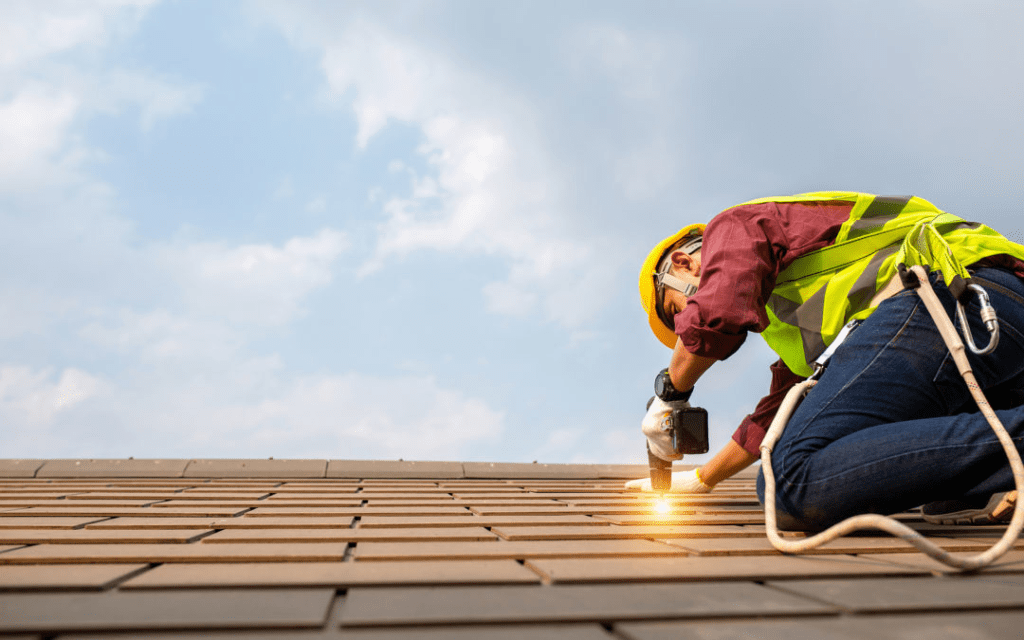Replacing a roof is a significant investment and crucial for the protection and value of your home. Understanding how often do you replace your roof and the factors influencing this decision can help homeowners make informed choices about roof maintenance and replacement.

Factors Influencing How Often Do You Replace Your Roof
Several factors impact the frequency of roof replacement:
- Material Durability: Different roofing materials have varying lifespans. For example, asphalt shingles typically last 15-30 years, while metal roofs can last 50 years or more with proper maintenance.
- Climate and Weather Conditions: Harsh weather conditions such as extreme heat, cold, wind, and precipitation can accelerate roof deterioration and shorten its lifespan.
- Maintenance: Regular maintenance, including inspections, repairs, and cleaning, can prolong the life of a roof and delay the need for replacement.
- Quality of Installation: Proper installation by experienced professionals is crucial. Poor installation can lead to premature roof failure and the need for early replacement.
- Roof Slope and Orientation: The slope and orientation of your roof affect how it sheds water and withstands weather elements, influencing its longevity.
Signs It’s Time for Roof Replacement
- Age of the Roof: Knowing the age of your roof and the expected lifespan of its materials is essential. If your roof is nearing or past its expected lifespan, it may be time to consider replacement.
- Visible Damage: Signs of damage such as missing or cracked shingles, curling or buckling, sagging areas, and granule loss indicate potential roof problems that may necessitate replacement.
- Leaks and Water Damage: Persistent roof leaks, water stains on ceilings or walls, and mold growth indicate structural issues that may require roof replacement to prevent further damage.
- Energy Efficiency Concerns: An old or poorly insulated roof can contribute to higher energy bills. Upgrading to a more energy-efficient roofing material during replacement can improve insulation and reduce energy costs.
Planning for Roof Replacement
- Budgeting: Roof replacement costs vary based on materials, roof size, complexity, and location. Budgeting and obtaining multiple quotes from reputable contractors are crucial steps.
- Choosing Materials: Consider factors such as durability, aesthetics, maintenance requirements, and climate suitability when selecting roofing materials for replacement.
- Permitting and Regulations: Check local building codes and obtain necessary permits before starting roof replacement to ensure compliance and avoid potential fines.
Hiring a Professional Roofing Contractor
- Experience and Reputation: Research and choose a licensed, insured roofing contractor with a solid reputation for quality workmanship and customer satisfaction.
- Contract and Warranty: Review the contract thoroughly, ensuring it includes details on materials, labor, warranties, and cleanup. Understand the warranty coverage for both materials and installation.
Read too: How To Replace A Mobile Home Roof: Step-by-Step Guide for Homeowners
Conclusion
In conclusion, the decision of how often do you replace your roof depends on various factors including roof material, climate, maintenance, and signs of damage. Regular inspections and proactive maintenance can extend the life of your roof, while timely replacement ensures continued protection and value for your home.



Leave a Reply